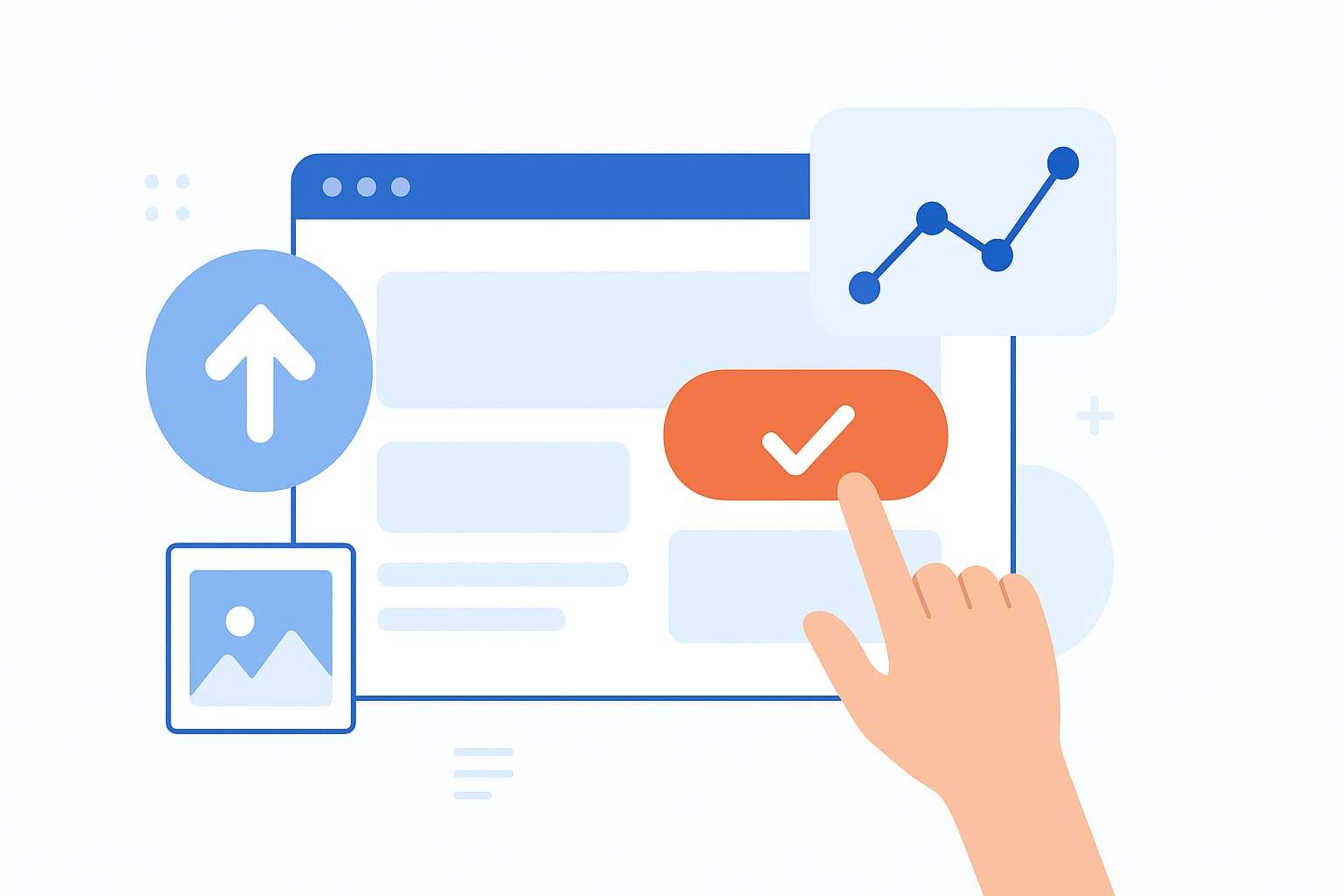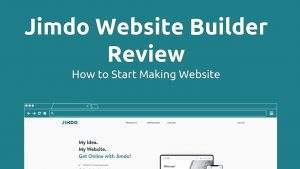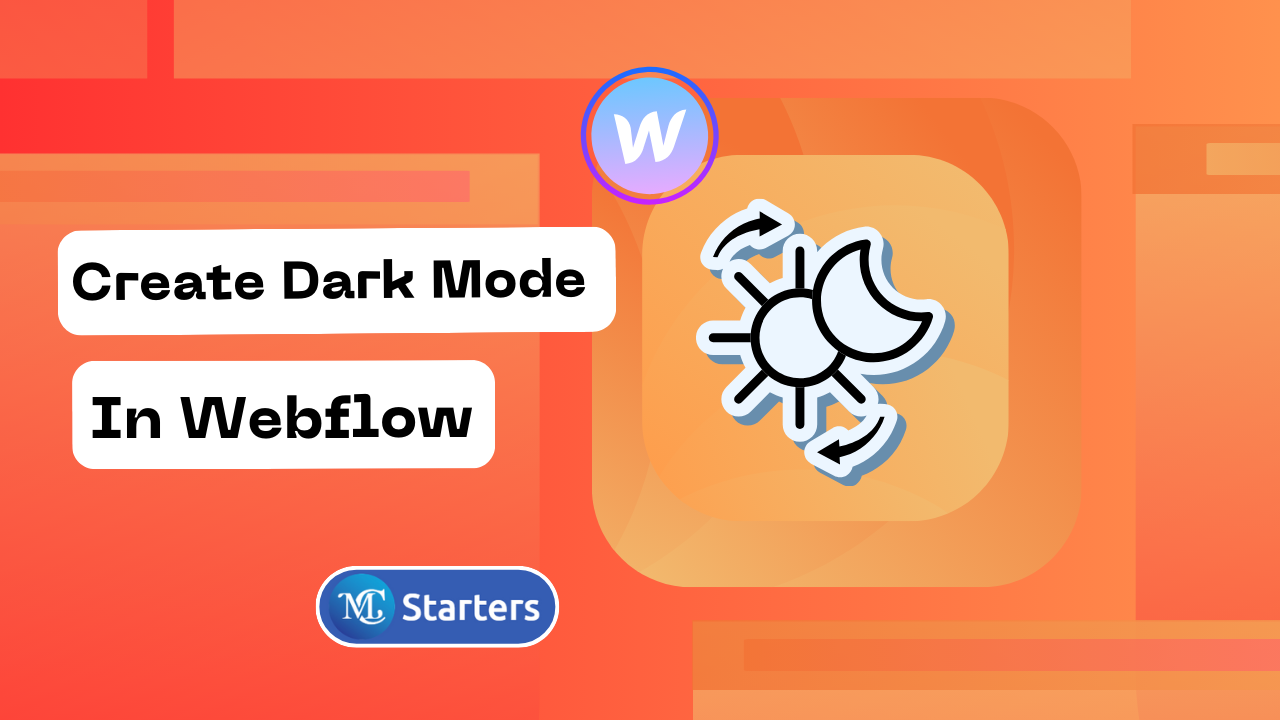How to Increase Website Conversion Rates with Better UX/UI

Are you looking for ways to Increase Website Conversion Rates with Better UX/UI?
You can boost your website’s conversion rate by improving its UX/UI design — it’s proven. Data shows that businesses see up to a 35% average conversion lift by refining checkout usability (Baymard Institute). In some cases, redesigning the interface improves conversions by 200–400% (Bixa Research).
Let’s explore how better UX/UI helps you convert more visitors into loyal customers — and what exact steps you can take starting today.
Table of Contents
Why UX/UI Design Directly Impacts Conversion Rates
💡 1. UX Delivers Measurable ROI
For every $1 invested in UX, companies gain up to $100 in return — an ROI of nearly 9,900% (Bixa Research).
Well-designed interfaces can double or even quadruple your conversions (HyperSense Software).
💡 2. Poor UX Costs You Customers
- 53% of mobile users abandon a site if it loads longer than 3 seconds.
- Each additional second of load time drops mobile conversion rates by 12% (Amra & Elma).
- The average cart abandonment rate worldwide is 70%+ (Red Stag Fulfillment).
“Usability rules the web. If the customer can’t find a product, they won’t buy it.” — Jakob Nielsen
Actionable UX/UI Strategies to Boost Conversions
✅ 1. Speed Up Your Website
People won’t wait. Compress images, enable caching, and reduce scripts.
If you cut page load from 3 s to 1.5 s, you could see a 12% conversion increase (Quantum Pulse Digital).
✅ 2. Simplify Your User Flows
Remove unnecessary steps from sign-up or checkout forms.
“If you design for everyone, you design for no one.” — Jakob Nielsen
Focus on the essential: product → cart → checkout → confirmation.
✅ 3. Build Trust and Transparency
Show trust badges, return policies, shipping info, and total costs before checkout.
“If we want users to love our software, we must design it to act like a helpful person.” — Alan Cooper
Transparency reduces abandonment and increases customer confidence.
✅ 4. Design for Mobile First
Mobile shoppers abandon carts more than 80% of the time (Red Stag Fulfillment).
Responsive layouts and faster mobile performance are non-negotiable.
✅ 5. Test, Measure, Iterate
Run A/B tests, analyze heatmaps, and gather feedback.
“Internet usability is a necessary condition for survival.” — Jakob Nielsen
Start with checkout, landing pages, and product pages — then expand improvements across the site.
Real-World Examples of UX/UI Improvements
| UX/UI Change | Average Conversion Lift | Data Source |
|---|---|---|
| Simplified checkout | +35% | Baymard Institute |
| Page speed improved by 1.5s | +12% | Quantum Pulse Digital |
| Responsive redesign | +50–80% | Bixa Research |
| Added trust badges | +42% | GrabOn.com |
Step-by-Step Workflow to Improve UX/UI
Step 1: Audit Your Current Experience
Use analytics to identify high bounce rates and drop-off points.
Step 2: Identify Friction Points
Check where users leave — slow pages, long forms, unclear CTAs.
Step 3: Prioritize Fixes
Focus on high-impact, low-effort wins like simplifying checkout or compressing images.
Step 4: Implement and Test
Launch updates and track conversion metrics (CTR, bounce rate, completion rate).
Step 5: Iterate
UX/UI improvement is continuous — always measure and refine.
Common UX/UI Mistakes That Kill Conversions
- Ignoring mobile users.
- Forcing account creation before purchase.
- Adding surprise fees at checkout.
- Focusing on aesthetics over usability.
- Failing to track data before/after design changes.
Expert Insights You Should Remember
“Spending 10% of your development budget on usability should improve your conversion rate by 83%.” — Jakob Nielsen (Newired)
“To design an easy-to-use interface, pay attention to what users do, not what they say.” — Jakob Nielsen
“Good UX design turns a product into an experience that people love.” — Alan Cooper
Final Thoughts: Turning UX into a Conversion Engine
If you want more sales, sign-ups, or leads — stop guessing and start optimizing your UX/UI.
Better design isn’t about being pretty; it’s about removing friction, building trust, and guiding users to act.
Start today:
- Audit your site for UX flaws.
- Prioritize mobile speed and clarity.
- Test and measure every improvement.
You’ll soon see higher engagement, lower bounce rates, and a strong ROI.Conclusions
FAQs
Which pages should I optimize first?
Start with high-impact pages: checkout, product, and landing pages.
Does visual design matter as much as usability?
Yes — aesthetics build trust, but functionality ensures users complete their goals.




